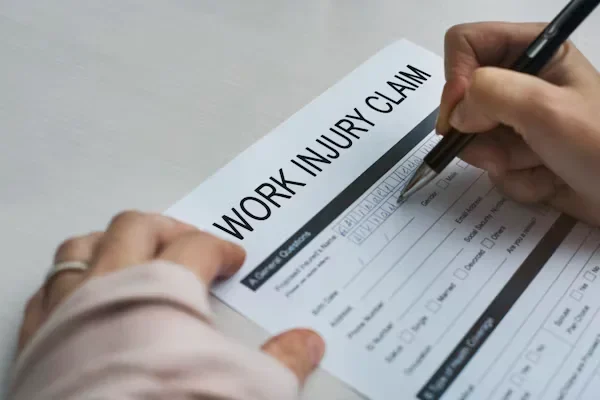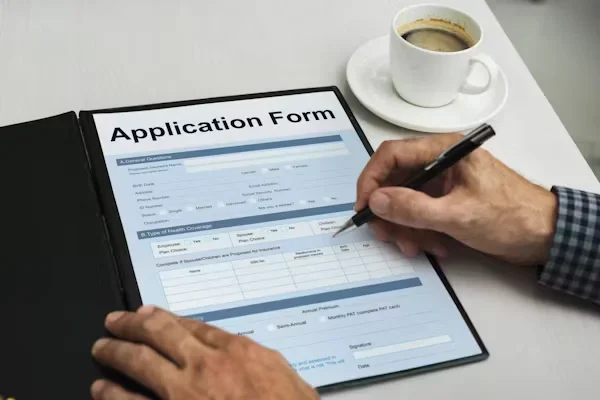Disclaimer: This content is for general informational purposes only and is not legal or financial advice. For personalized guidance and the latest updates, please consult the Social Security Administration or a qualified professional.
In 2025, about 73.9 million Americans will benefit from at least one of the Social Protection programs, according to the Pew Research Center. These are benefits that are critical income sources for people in retirement, for people who now can’t work because of a disability, and for families who have lost a breadwinner.” The cost-of-living increase for 2025, which the Government Benefits announced, of 2.5 percent, is intended to help beneficiaries cope with the inflationary pressures.
If you have a disability or severe injuries caused by your work, you may check the Social Security eligibility requirements to determine if you are qualified as a beneficiary. Do you think you fall under any one of these categories? Here are the factors you need to know to avail yourself of those benefits.
What Is Social Security and How Does It Work?

These associations are government-run programs that provide monthly financial benefits to eligible individuals. They act as a financial safety net, offering a basic income level when people can no longer work due to age, health, or family loss.
Workers compensation laws cover work-related injuries caused by accidents during work. According to M. Reid Acree, Jr., this law also includes injuries due to repetitive actions over a long period. Benefits also cover illnesses and diseases caused by exposure to hazardous chemicals found in the workplace, such as asbestosis, mesothelioma, and several lung conditions.
Benefits are provided through a payroll tax system. If a family member dies, the surviving relatives may claim these benefits as a small amount of help. Keep your benefits updated so you can utilize them when you need them most.
Understanding Work Credits

To be eligible for most of this association’s payments, including retirement and disability benefits, you need to earn work credits. Credits are accumulated based on your earnings and work history. In 2025, you receive one credit for every $1,730 you earn, up to a maximum of four credits per year.
Most people need 40 work credits, or about 10 years of work, to be eligible for retirement benefits. Disability or survivor benefits may require fewer credits, particularly if the worker goes disabled or dies at a younger age. It’s a good idea to keep your credits on your radar screen, and you can do that by monitoring the credits posted on your behalf through your online Social Welfare Program.
Eligibility for Retirement Benefits

Once you’ve earned enough work credits, you may receive retirement benefits as early as age 62. However, it’s important to note that starting benefits early results in smaller monthly payments. The longer you wait until your full retirement age (usually around 66 or 67, depending on your birth year), the higher your monthly payment will be.
The amount you receive is based on your average monthly earnings during your 35 highest-earning years. This encourages people to stay in the workforce and increase their earnings where possible, as higher lifetime earnings result in larger checks.
Benefits for Disabled Individuals

If you are too sick or hurt to work, you may be able to get SSDI. This program is for people who have paid taxes but have been too disabled to work for a year or more.
To qualify for SSDI, your condition must meet the Social Welfare Administration’s definition of disability. That’s a difficult standard: You must be so afflicted that you cannot engage in substantial gainful activity. Achieving a weight loss waiver: You must submit medical records and test results to demonstrate your condition.
If approved, SSDI benefits provide a consistent monthly income and may permit a spouse or child to receive partial benefits on your behalf.
Survivor Benefits for Spouses and Dependents

If a worker dies, their family members may be entitled to survivor benefits if the deceased had earned enough work credits. These benefits provide ongoing financial support to help surviving spouses, dependent children, and sometimes even dependent parents manage expenses.
A surviving spouse may receive benefits if they care for the deceased’s child under 16 or disabled. Children can qualify until they turn 18 or up to 19 if they’re still in high school. In cases where a child has a disability, benefits may continue beyond that age. Adopted children, stepchildren, and grandchildren may also qualify under certain conditions.
To apply for survivor benefits, the applicant will need documents such as the deceased’s Social protection number, marriage certificate, and birth certificates of any children involved.
Applying for Social Security Benefits

If you think you’re likely to qualify for benefits, the first thing to do is gather evidence. This might be your birth certificate, the places where you worked, or the fact that you have not worked for an extended period, due to disability, your medical history, a diagnosis from your doctor, and the date of last treatment.
You can apply online through the Social Security Administration website, call the agency’s toll-free number, or visit a local office. The process may vary slightly depending on the kind of benefits you seek. Still, in any event, one is advised to be honest and thorough when filling out the required forms.
Why It Matters
Millions of Americans rely on benefits from social welfare programs each year. Whether you are preparing for retirement, facing a serious health condition, or dealing with the death of a family member, being aware of your rights and how the system functions ensures you will receive the assistance you’ve earned.
In some cases, especially if your health issue stems from a job-related injury or long-term workplace exposure, you may also be entitled to workers’ compensation and federal benefits. Understanding how these systems interact can help you maximize your support.
Taking the initiative, verifying your work credits, following your earnings, and quickly filing can all make significant impacts. These are not just rights; they are part of the yield from a lifetime of work and investment. If you’re eligible, don’t hesitate to contact the Social Protection Administration and get the ball rolling.












